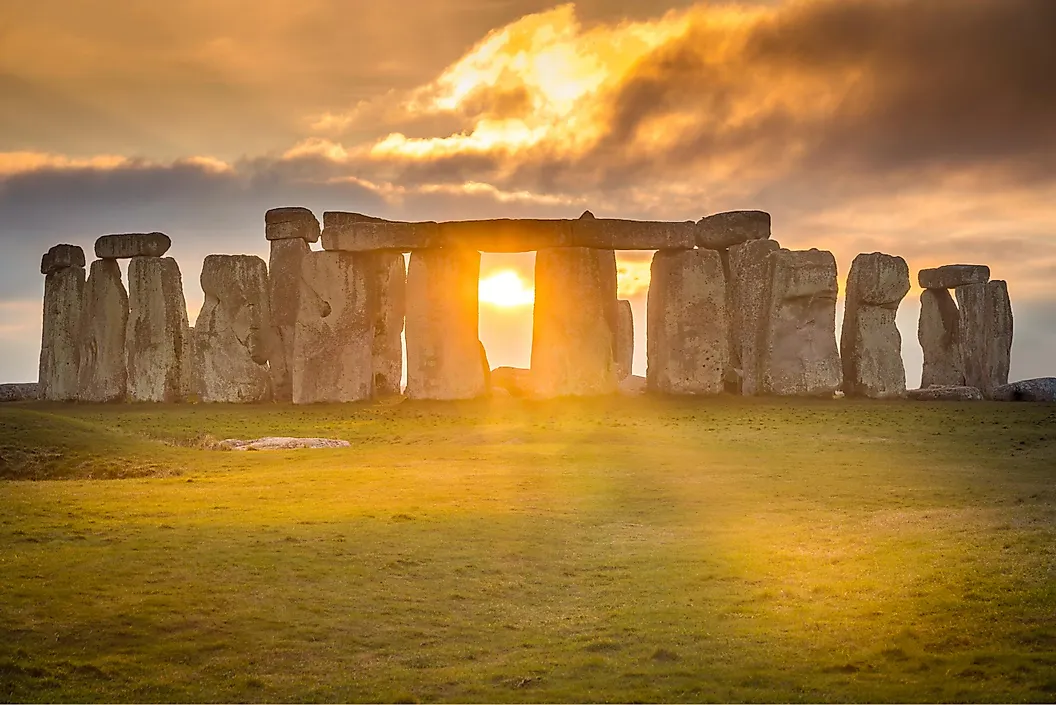Vocabulary
ancient /ˈān(t)SHənt/ adj. belonging to the very distant past and no longer in existence.
My
interest lies mostly in the ancient history of the world.
theory /ˈTHirē/ n. an idea used to account for a situation or justify a course of action
My theory would be that the place has been seriously
mismanaged.
massive /ˈmasiv/ adj. large and heavy or solid
There
was a massive rock that blocked the road.
solstices /ˈsōlstəs,ˈsälstəs/ n ( plural form ) the time or date (twice each year) at which the sun reaches its maximum or minimum declination, marked by the longest and shortest days (about June 21 and December 22)
Due to solstices, some countries have longer days or longer
nights.
proposed /prəˈpōz/ v ( past tense) put forward (an idea or plan) for consideration or discussion by others
My friends proposed to have the party at their place.
Comprehension Questions
1. Why was Stonehenge created?
2. What ancient civilization is linked
to Stonehenge?
3. What is a solar calendar?
4. Where is Stonehenge located?
5. Who made the research about the purpose
of Stonehenge?
Article Reading
The mystery of Stonehenge may
finally have been solved by researchers who say it could be linked to ancient Egypt.
The theory
is that the site was created as an ancient calendar to help people know the
time of year.
The formation of the stones acted
as a physical representation of the year, allowing people to keep track of
days, weeks, and months.
But it wasn't the sort of
calendar we're used to in the modern world. Instead, it was based on something
called a Solar calendar.
The Solar calendar was used by
the ancient Egyptians and follows the movement of the sun. Weeks were ten days
long and there were more months than we are used to today.
What is Stonehenge?
It's a circle of massive
stones, on Salisbury Plain in Wiltshire, in the southwest of England. It's
thought to have been built in prehistoric times, with the stones being put up
about 2,500 BC.
People go to the site at certain
times of the year, during the summer and winter solstices, when the sun
lines up with gaps in the stones.
What does the research say?
The research was done by
historian Professor Timothy Darvill, from Bournemouth University.
He said that it's possible that
the formation of Stonehenge was influenced by ancient Egypt because they used
the solar calendar as their official way of telling the time of the year.
The solar calendar works using
the Winter and Summer solstices when the sun is framed by the same stones
every time.
"The proposed
calendar works in a very straightforward way," Darvill said.
"Each of the 30 stones in
the sarsen circle represents a day within a month, itself divided into three
weeks each of 10 days."
